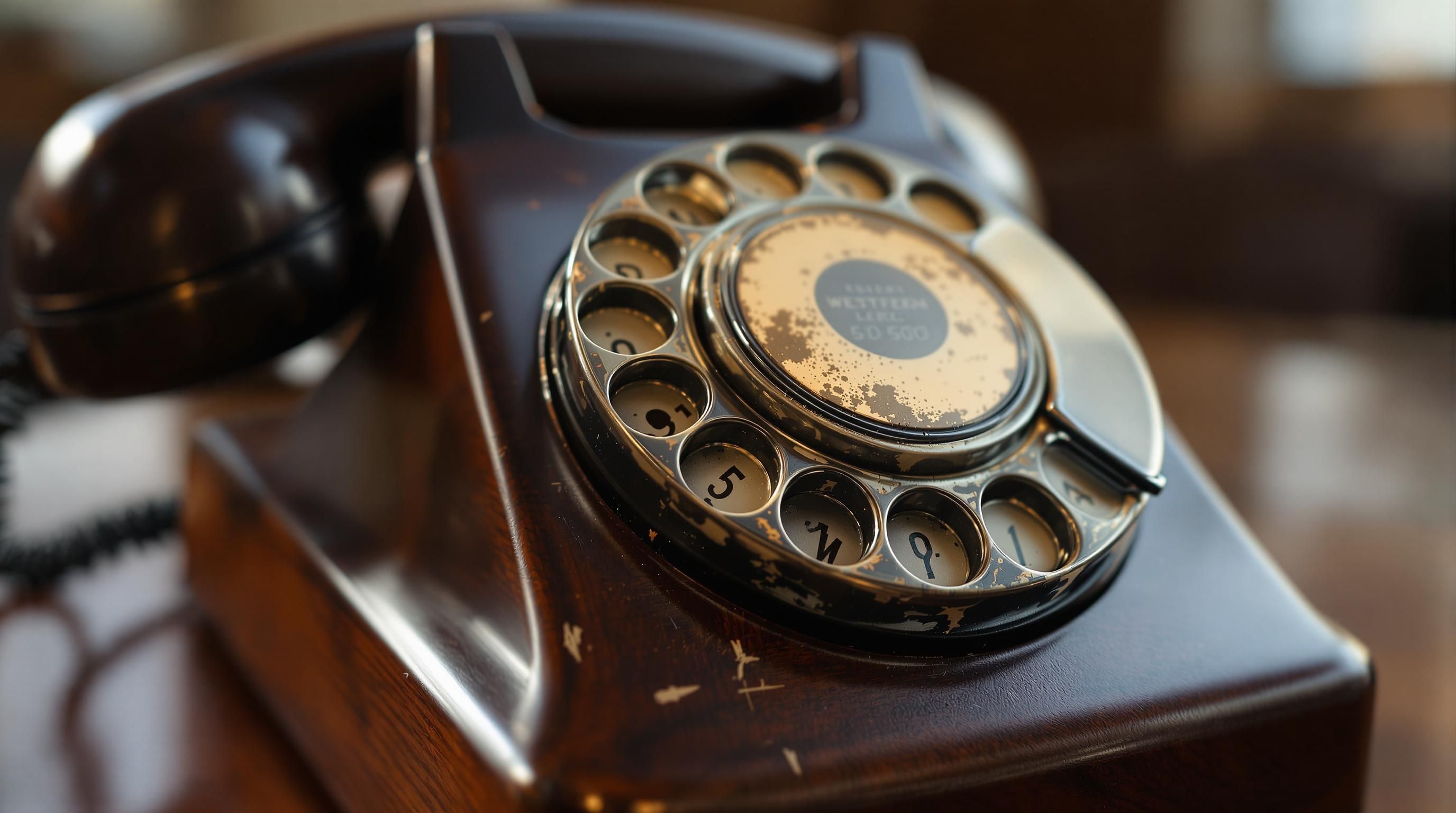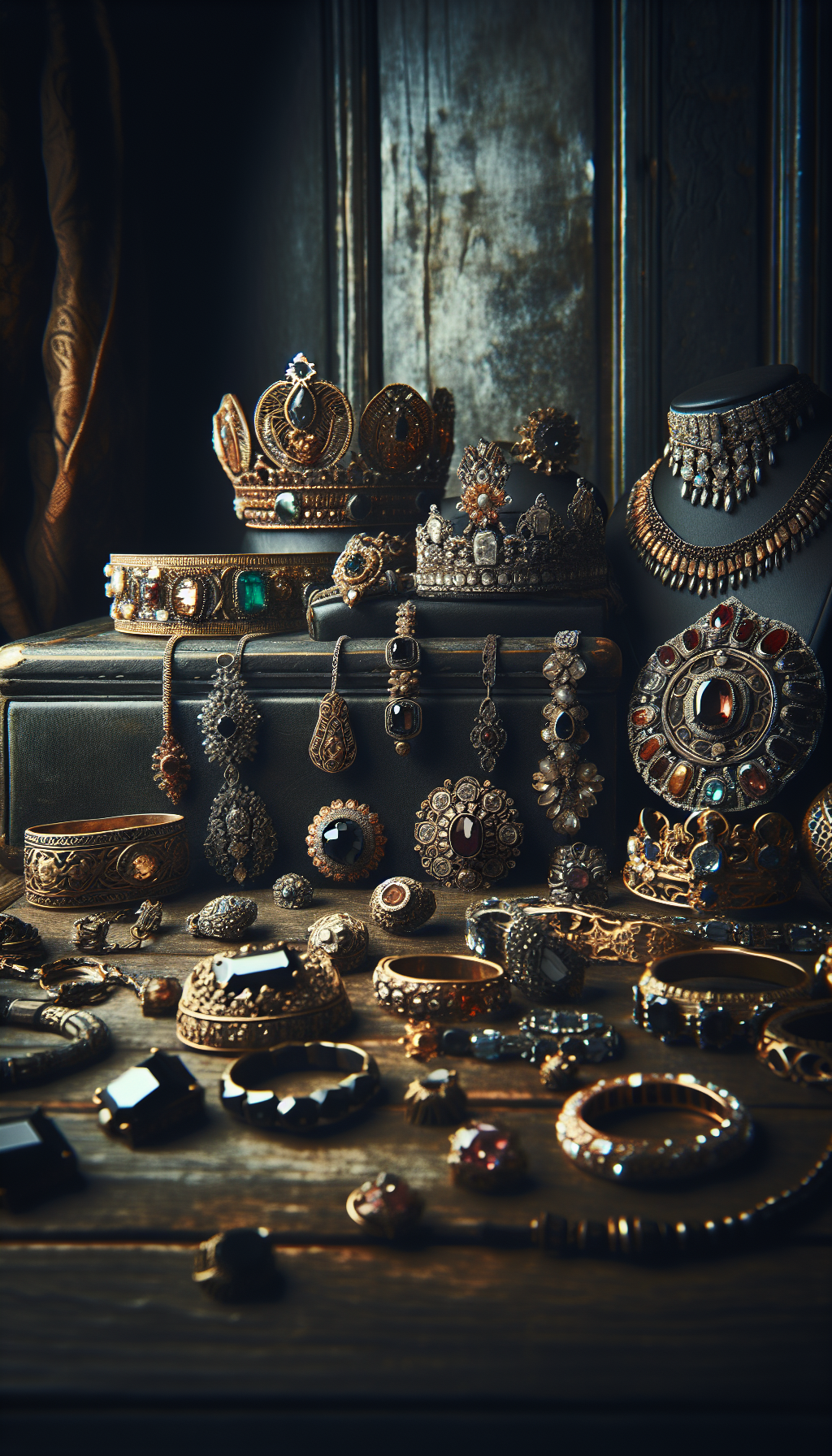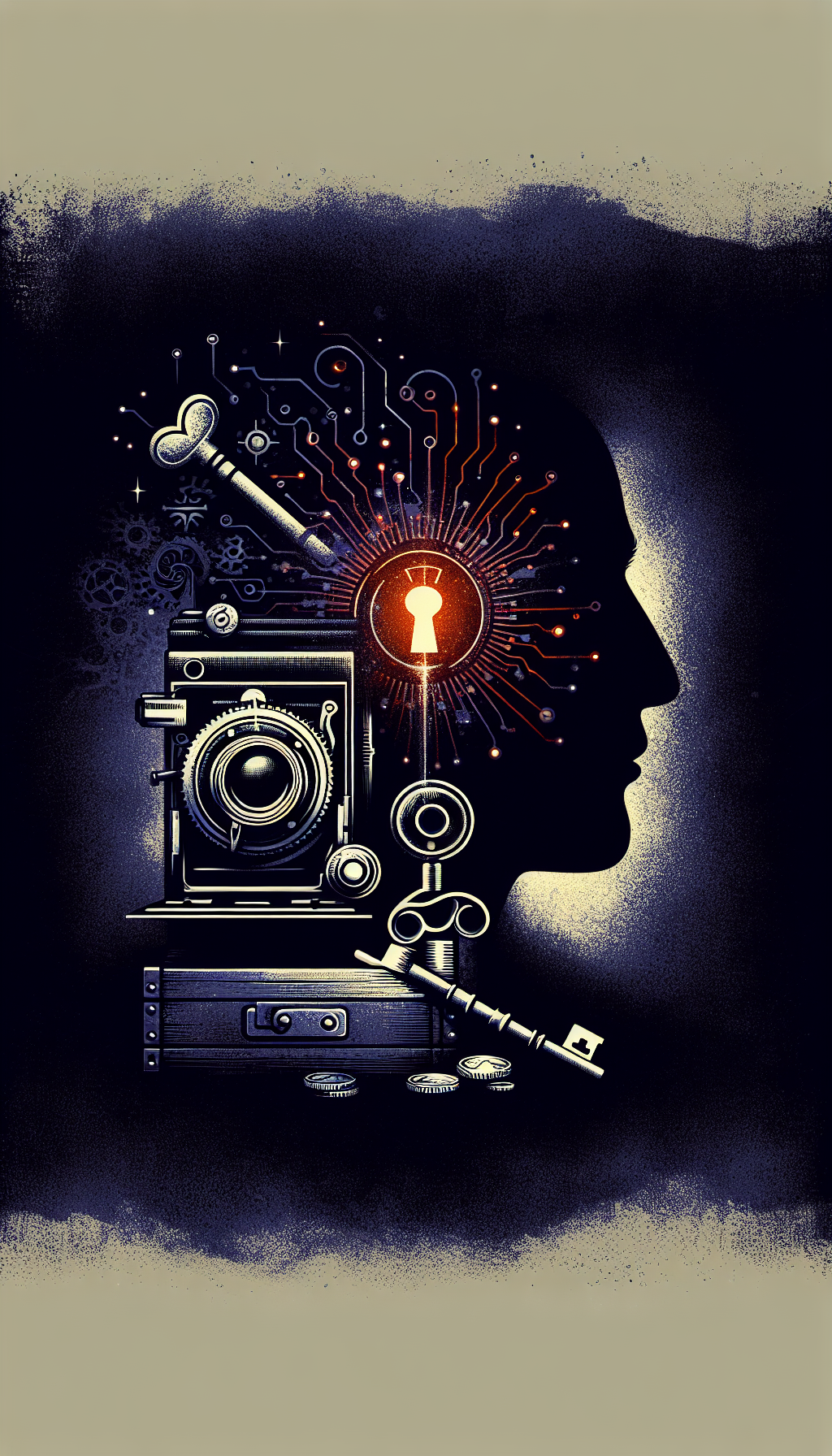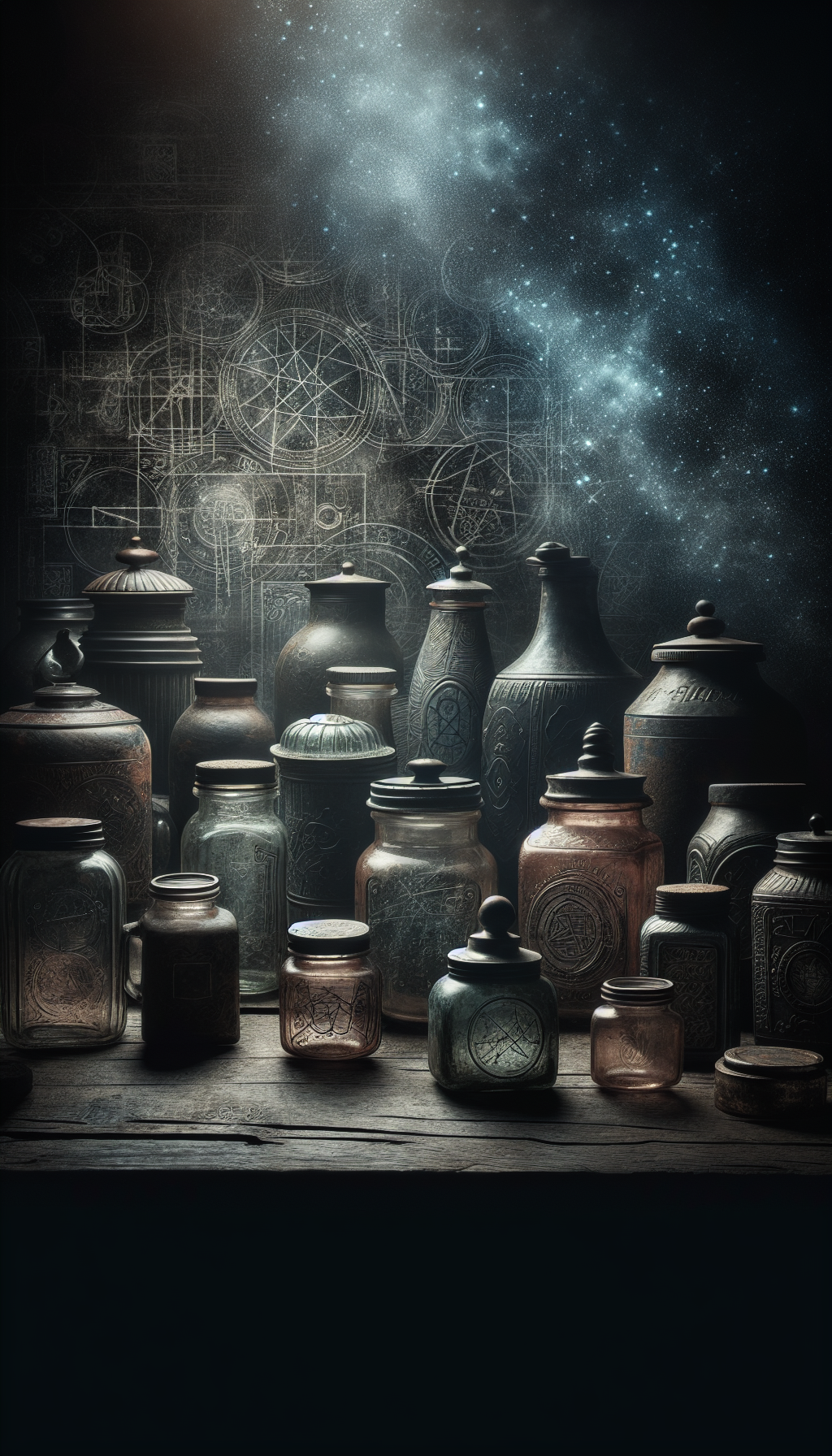In recent years, old rotary phones have experienced a significant resurgence in popularity. Once considered obsolete technology, these vintage telecommunications devices are now coveted collectibles that can command surprising prices. Whether you’re a serious collector or simply wondering about the value of that old telephone gathering dust in your attic, this comprehensive guide will help you understand the current market for rotary phones and what makes certain models particularly valuable.
What’s Driving the Rotary Phone Revival?
A Surprising Market Resurgence
According to a report by World Art News, the value of vintage rotary phones has increased by approximately 500% in recent years. This dramatic rise reflects growing interest from both collectors and interior designers who appreciate the phones’ nostalgic appeal and unique aesthetic qualities.
Several factors are driving this revival:
- Nostalgia factor - For many older collectors, rotary phones represent a connection to their youth
- Design appeal - Mid-century modern and vintage aesthetics are trending in home decor
- Functional art - Many rotary phones can still work on modern lines with adaptors
- Limited supply - As older phones disappear, those in good condition become rarer
Current Value Ranges for Rotary Phones
Rotary Phone Value Ranges
Current market values based on condition and rarity (2023)
</tbody>
</table>
According to data from 1stDibs, collectors particularly seek phones in colors other than the standard black, brown, white, and beige. Models in blue, green, yellow, red, pink, or purple typically command significantly higher prices due to their rarity and visual appeal.
Rotary Phone Market Trends
Factors That Determine Rotary Phone Value
What Makes a Rotary Phone Valuable?
Color Matters Significantly
Color is perhaps the single most important factor affecting rotary phone values. Standard black models were mass-produced and remain relatively common, while colored variants were produced in smaller quantities.
Value ranking by color (from highest to lowest):
- Pink and turquoise (highest value)
- Red and yellow
- Green and blue
- White and ivory
- Beige and brown
- Black (most common, typically lowest value)
Age and Manufacturer
Phones manufactured by certain companies tend to be more valuable:
- Western Electric/Bell System - The standard for American telephones for most of the 20th century
- Automatic Electric - Known for quality craftsmanship
- Kellogg - Early manufacturer with distinctive designs
- Stromberg-Carlson - Created unique and well-crafted models
- European manufacturers (Ericsson, Siemens) - Often command premiums in the U.S. market
Condition Assessment
Rotary Phone Condition Factors
These factors significantly impact valuation
- Working dial mechanism
- Original handset with intact cord
- Clear, undamaged dial face
- No cracks or chips in the housing
- Original color without fading
- Functional ringer mechanism
- Original wall mount (for wall models)
- Original packaging or documentation
Rarity and Uniqueness
Limited production models, designer editions, and phones with unusual features can command significant premiums. Examples include:
- Phones with clear or transparent housings
- Designer collaborations (such as Ericofon designer phones)
- Special commemorative editions
- Promotional models created for specific companies
- Phones with unusual shapes or forms
Most Valuable Rotary Phone Models
Highly Sought-After Models
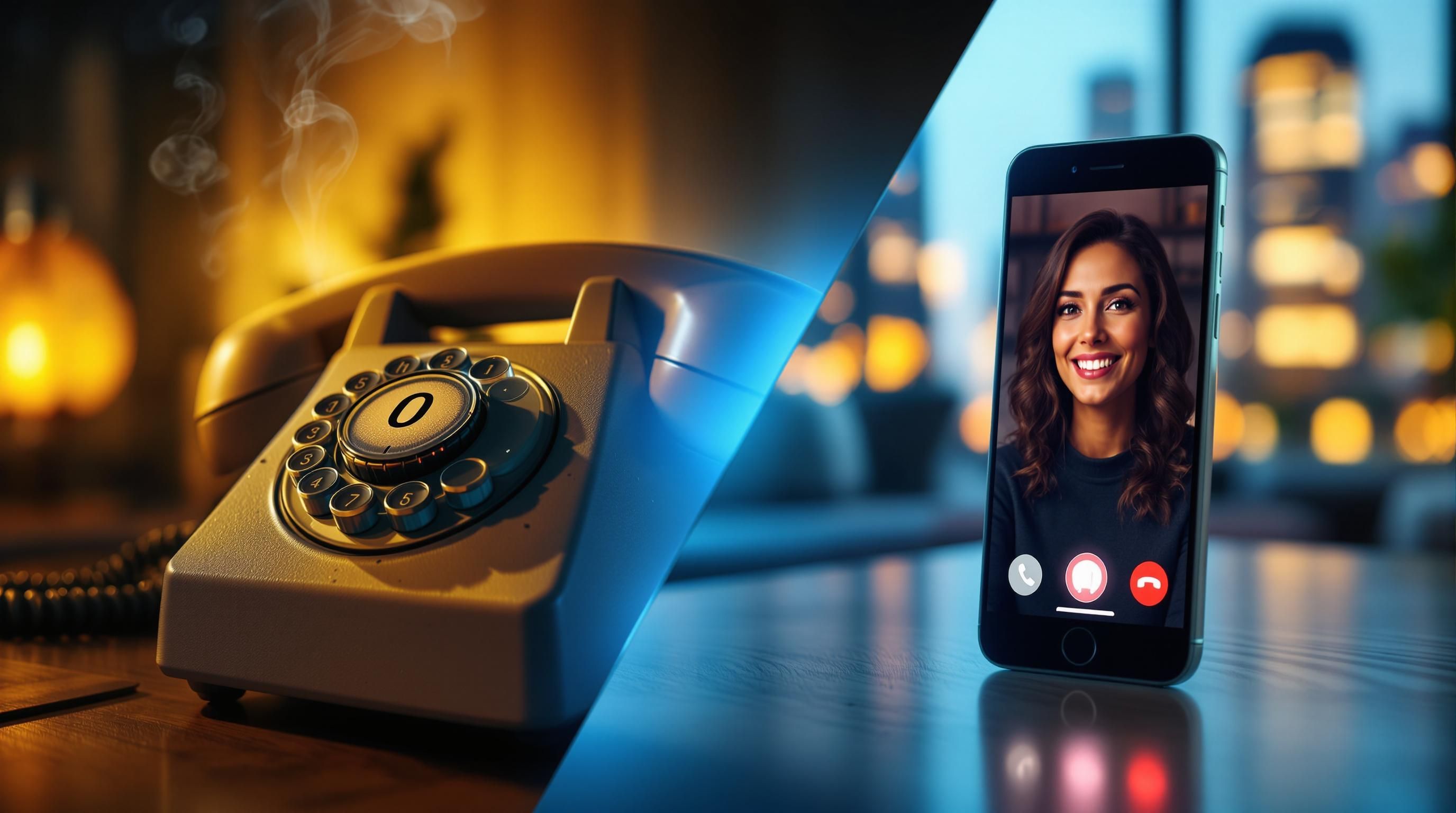
Ericofon (“Cobra Phone”)
The Ericofon, produced by L.M. Ericsson from the 1950s through the 1970s, represents one of the most iconic telephone designs of the 20th century. Often called the “cobra phone” due to its distinctive one-piece design, these phones can sell for $200-$600 depending on color and condition.
Western Electric Model 302
Introduced in 1937, the Model 302 features the classic rounded shape many associate with vintage phones. While black models typically sell for $50-$150, colored variants (especially North Electric-manufactured models in pink, blue, or red) can fetch $200-$400.
Princess Phone
Introduced by Bell System in 1959, the Princess phone was marketed as a stylish bedroom extension with a light-up dial. Pink Princess phones in excellent condition regularly sell for $150-$300, with other colors commanding similar premiums.
Candlestick Phones
Early upright “candlestick” phones from the 1910s and 1920s represent the earliest commercially successful telephone designs. Well-preserved examples from companies like Western Electric can sell for $100-$400.
Western Electric Model 500
The Model 500 was the standard American telephone from the 1950s through the 1970s. While black models are common ($30-$75), rare colors like pink, red, and turquoise can sell for $100-$300.
Recent Notable Rotary Phone Sales
Documented sales from eBay and specialized auctions
| Category | Price | Notes |
|---|---|---|
| Common Black Desktop Models | $20-$75 | Working condition, standard AT&T/Western Electric phones |
| Colored Desktop Models | $75-$350 | Pink, blue, green, red, yellow variants command premiums |
| Wall-Mounted Rotary Phones | $50-$200 | Depending on color and condition |
| Princess and Trimline Models | $60-$300 | Particularly valuable in pink, turquoise, and other rare colors |
| Candlestick/Upright Phones | $100-$400 | Early 20th century models in good condition |
| Rare Designer Models | $200-$2,000+ | Limited edition phones, unique designs, celebrity provenance |
</tbody>
</table>
Historical Context and Value Appreciation
Rotary Phone Evolution and Value History
- 1890s-1920s
Early Candlestick Era
Upright "candlestick" designs with separate earpiece. Once common, now valued at $100-$400 depending on condition and manufacturer. - 1930s-1940s
Unified Base Models
Introduction of the Western Electric 302 and similar models with handset and dial in one base unit. Values range from $50-$250. - 1950s-1960s
Color Revolution
Introduction of colored phones and sleeker designs like the Princess phone. Peak of rotary design. Most valuable collecting period with prices from $75-$600. - 1970s-1980s
Late Rotary Era
Final years of rotary production before push-button phones dominated. Value varies widely from $20-$200. - 2010s-Present
Collector's Renaissance
Dramatic increase in collector interest and prices, with 500% value growth for many models. Designer pieces reaching $1,000+ at auction.
It’s worth noting that in 1983, when AT&T’s monopoly ended, a basic black rotary dial phone cost $19.95 (approximately $50 in today’s dollars). Many phones now sell for multiples of their original retail price, making them not just collectibles but potential investments.
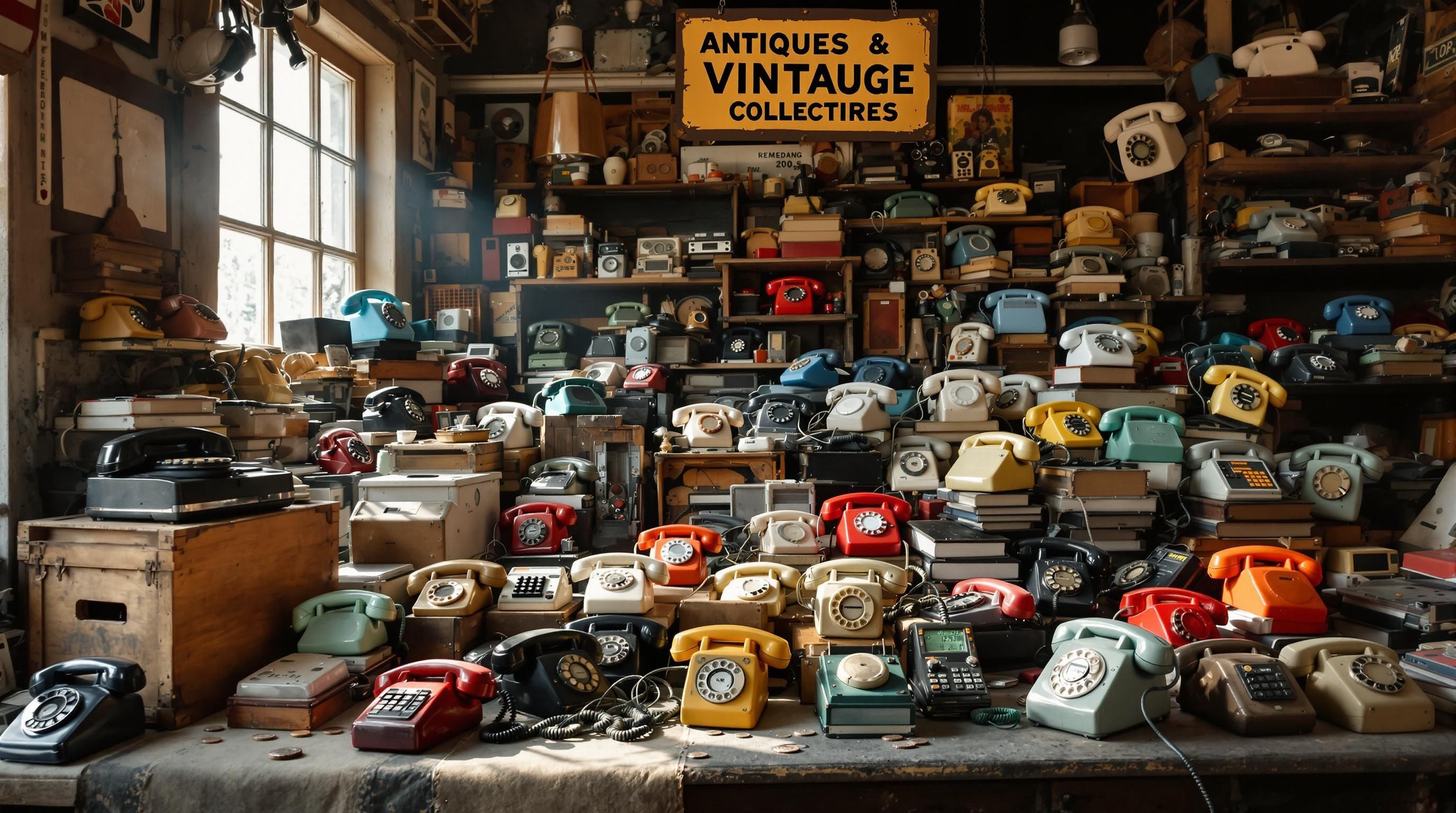
How to Identify and Evaluate Your Rotary Phone
Authentication and Value Assessment
Step 1: Identify the Manufacturer and Model
Look for markings on the underside of the phone base or inside the handset. Common manufacturers include:
- Western Electric (Bell System/AT&T)
- Automatic Electric
- Kellogg
- Stromberg-Carlson
- Northern Electric (Canada)
- Ericsson (Europe)
- Siemens (Europe)
The model number is often stamped or molded into the plastic base (common Western Electric models include 302, 500, Princess, and Trimline).
Step 2: Determine the Age
Several clues can help date your phone:
- Pre-1930s phones typically featured metal housings and separate earpieces
- 1930s-1940s phones often had rounded, art deco-inspired designs (like the Western Electric 302)
- 1950s-1960s saw the introduction of colored plastic models and sleeker designs
- 1970s models often featured more modern styling and sometimes incorporated both rotary and push-button options
Step 3: Assess Condition
Phones in working condition are generally more valuable than non-working examples. Check:
- Does the dial rotate smoothly and return properly?
- Is the handset cord intact without fraying?
- Are there any cracks, chips, or repairs to the housing?
- Has the color faded or yellowed significantly?
- Are all original components present?
Step 4: Research Comparable Sales
Check current listings and recently sold examples on:
Where to Buy and Sell Vintage Rotary Phones
Market Opportunities
Best Places to Sell
- eBay - The largest marketplace for vintage phones with a global audience
- Etsy - Popular for vintage and collectible items with a focus on aesthetic appeal
- Specialized Forums - Telephone collector forums and Facebook groups
- Antique Shows - In-person selling opportunities with knowledgeable buyers
- Consignment Shops - Local shops that specialize in vintage items
- Auction Houses - For rare or particularly valuable models
Best Places to Buy
- Estate Sales and Auctions - Often feature phones at reasonable prices
- eBay - Largest selection but requires careful assessment of condition
- Etsy - Curated selection often with good photographs and descriptions
- Antique Stores - Allow in-person inspection but typically higher prices
- Flea Markets - Potential for bargains but condition can be variable
- Specialized Dealers - Offer expertise and often guarantee functionality
Restoration and Repair Resources
If you have a rotary phone in need of repair or restoration:
- Phoneco, Inc. - Specializes in vintage telephone parts and repair
- Old Phone Shop - Offers restoration services and parts
- Vintage Rotary Phones Forum - Community knowledge and DIY advice
Future Value Projections
While no one can predict market fluctuations with certainty, several trends suggest continued interest in vintage rotary phones:
- Increasing scarcity of phones in excellent condition
- Growing interior design trend incorporating vintage telecommunications equipment
- Renewed interest in analog technologies as a counterpoint to digital saturation
- Cross-generational appeal from baby boomers and millennials alike
Particularly valuable for long-term collectors are likely to be:
- Phones in unusual colors
- Models with original packaging and documentation
- Designer phones with distinctive aesthetics
- Functionally restored examples that work with modern systems
External Resources for Rotary Phone Collectors
Vintage Rotary Telephone Listings on eBay
Browse current listings and recently sold prices for vintage rotary phones across various models, colors, and conditions.
World Art News: Old Rotary Phones Value Surge
In-depth analysis of the significant price increase for vintage rotary phones in recent years, with insights into market trends.
1stDibs Antique Phone Value Guide
Expert answers on rotary phone values from a leading online marketplace for luxury antiques and collectibles.
Carters Price Guide: Rotary Dial Telephone Values
Database of auction results for vintage rotary dial telephones with prices ranging from $52 to $390.
LoveToKnow: Most Valuable Antique Phones
Comprehensive guide to the most valuable antique and vintage phones, including pricing information and identification tips.
Antique Telephone Forums
Active community of telephone collectors sharing knowledge, restoration tips, and marketplace information.
Common Questions About Rotary Phone Values
Frequently Asked Questions
Do old rotary phones have any value?
Yes, many old rotary phones have significant value to collectors. While common black models might sell for $20-$75, rare colored phones, designer models, and unique variants can command prices from $100 to over $2,000. According to 1stDibs, collectors particularly value phones in unusual colors like pink, red, blue, green, and yellow.
Which rotary phone colors are most valuable?
Pink and turquoise phones typically command the highest prices, followed by red and yellow models. The standard black rotary phones, being most common, are usually the least valuable. According to collector forums and auction data, a pink Western Electric 500 model can sell for 3-5 times the price of an identical black model.
How much did rotary phones cost originally?
In the 1960s, rotary phones were typically rented from the phone company for about $1.50 per month. When AT&T's monopoly ended in 1983, consumers could purchase a standard black rotary phone for $19.95 (equivalent to about $50 in today's dollars). Colored variants cost slightly more at the time.
Are non-working rotary phones still valuable?
Yes, non-working phones still have value, though typically 40-60% less than working examples. Many collectors purchase non-working phones for display purposes or for parts to restore other phones. Rare models or those with unusual colors may retain significant value even when non-functional.
Can old rotary phones still be used with modern phone systems?
Yes, with appropriate adapters. Several companies manufacture converters that allow rotary phones to work with modern digital phone lines or VoIP services. These adapters typically cost between $30-$100 depending on features. Some phone enthusiasts even modify rotary phones to work as mobile phone Bluetooth handsets.
Where is the best place to sell a vintage rotary phone?
eBay typically provides the largest audience for selling vintage rotary phones, though Etsy often attracts buyers willing to pay premium prices for aesthetically pleasing models. For rare or particularly valuable phones, specialized auction houses may yield better results. Local antique dealers may offer convenience but typically pay less than online marketplaces.
How can I tell how old my rotary phone is?
Check for manufacturer markings on the bottom of the phone or inside the handset. Many Western Electric phones have date stamps. The style can also indicate age: candlestick models are typically pre-1930s, round shape models (like the Western Electric 302) are from the 1930s-40s, and the more modern square base styles (like the Western Electric 500) are from the 1950s-70s.
Are reproduction rotary phones worth anything?
Modern reproductions typically have much lower value than authentic vintage phones, usually selling for $20-$50 regardless of condition. To identify reproductions, look for modern manufacturing hallmarks like circuit boards instead of mechanical components, plastic rather than metal internal parts, and the absence of telephone company markings.
Conclusion: The Enduring Appeal of Rotary Telephones
The renaissance of rotary telephones in the collectibles market represents more than just nostalgia—it reflects appreciation for the craftsmanship, design, and tactile experience these devices provide. Unlike many modern electronics that quickly become obsolete, vintage rotary phones combine aesthetic appeal with potential functionality, making them both decorative objects and usable technology.
For collectors, the diversity of models, colors, and designs offers numerous specialization opportunities. For casual enthusiasts and interior designers, these iconic devices provide a tangible connection to telecommunications history while adding character to contemporary spaces.
Whether you’re looking to start a collection, sell an inherited phone, or simply appreciate the value of these technological artifacts, understanding the factors that influence rotary phone values can help you make informed decisions in this growing collectors’ market.
Get a Professional Appraisal
Unsure about your item’s value? Our certified experts provide fast, written appraisals you can trust.
- Expert report with photos and comps
- Fast turnaround
- Fixed, upfront pricing
No obligation. Secure upload.
| Item | Price | Date | Auction House |
|---|---|---|---|
| Pink Western Electric Princess Phone (1959) | $285 | April 2023 | eBay |
| Turquoise Western Electric 500 (1960s) | $195 | March 2023 | Estate Sale |
| Red Ericofon Cobra Phone (1956) | $425 | May 2023 | Specialized Auction |
| Western Electric Brass Candlestick (1915) | $375 | February 2023 | Antique Show |
| Clear Shell "See-Through" Phone (1970s) | $320 | June 2023 | eBay |
